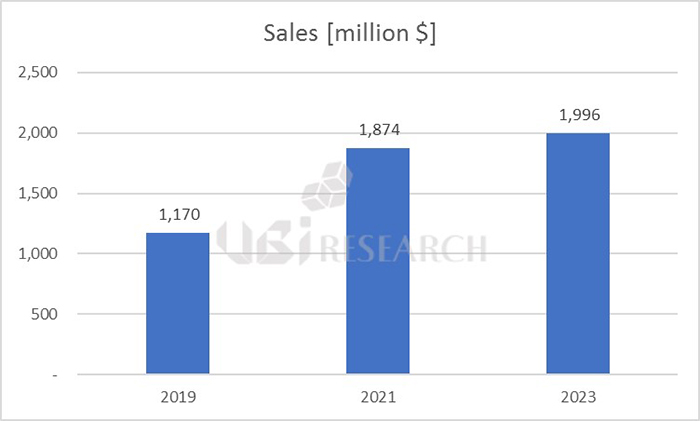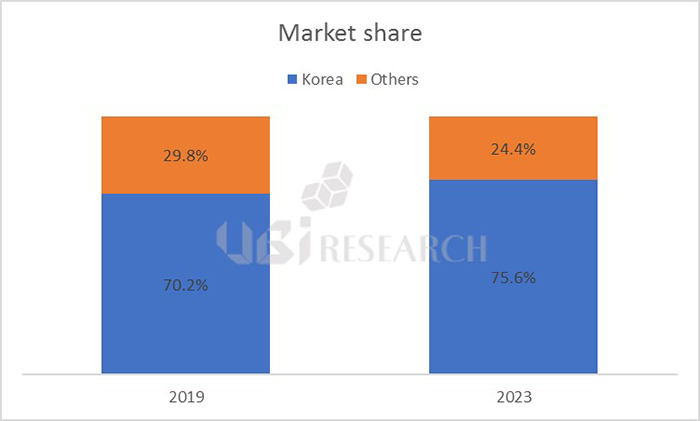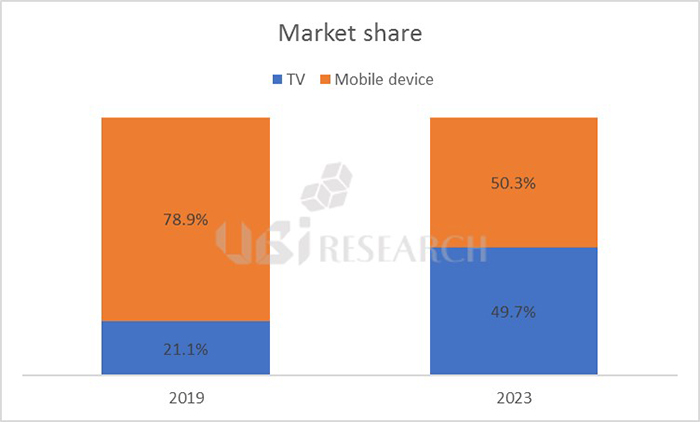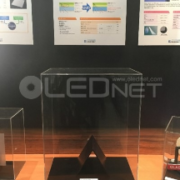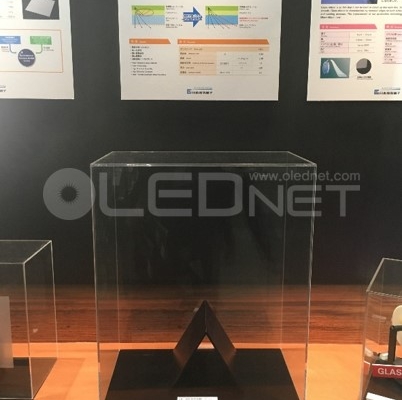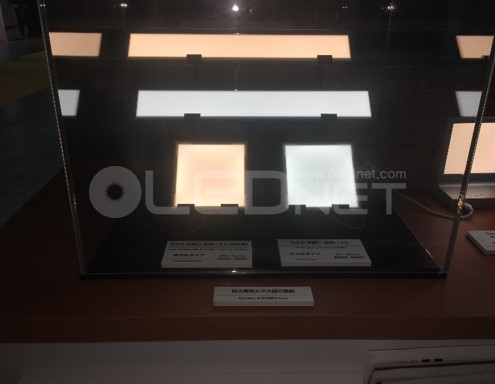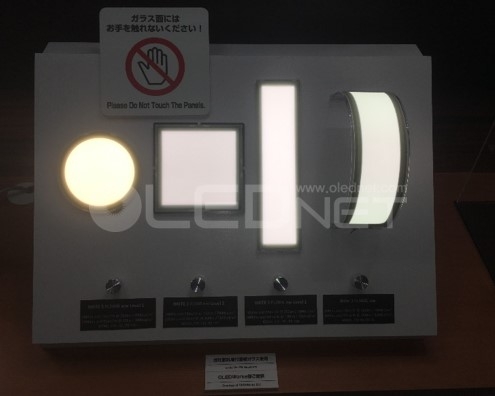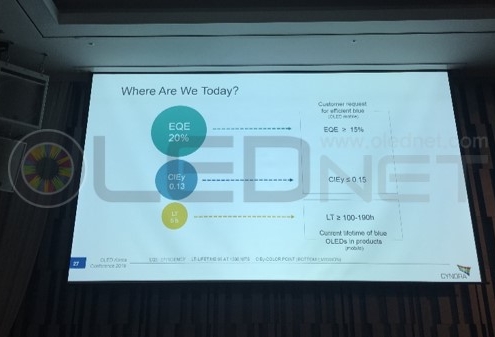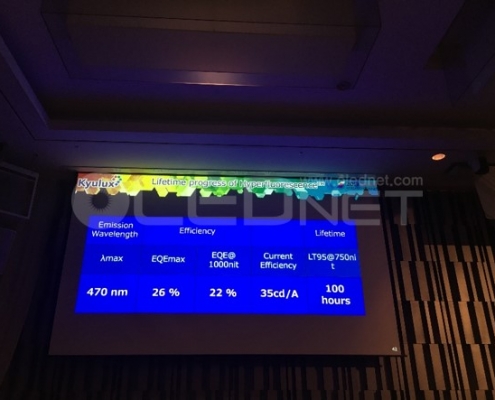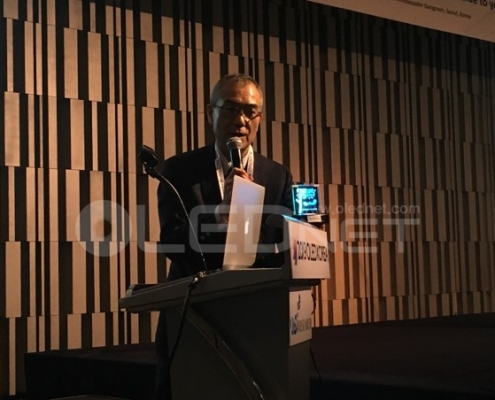“8K is not everything. OLEDs will provide new value not only in high resolution, but also in rollable typed and transparent displays ”
said Ko Kyoung Young, senior director of global promotion for LG Display’s TV division.
He emphasized this at the 2019 OLED KOREA held, the Novotel Hotel in Gangnam from March 6 to 7, 2019.
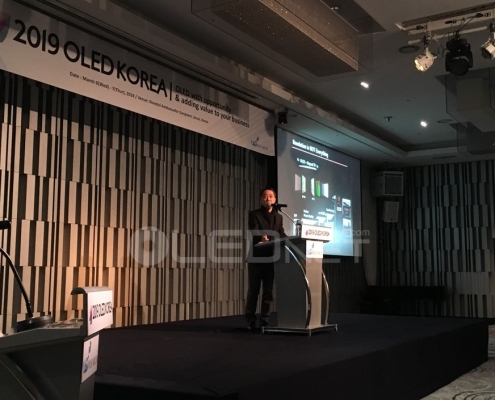
“Currently, 8K TVs are not attractive due to not ready for content and proper pricing” said Goh. However, OLEDs can provide new value, such as rollable and transparent displays, “he said that OLEDs will be the game changers of the future display era.
“The premium TV market which has been downsizing since 2014, started grow again in 2017 due to entering a new market of OLED TVs. In addition, we see OLED TV is leading the market last three years through it has been ranked from top to the 8th in the consumer reports , increase of global growth opportunities”
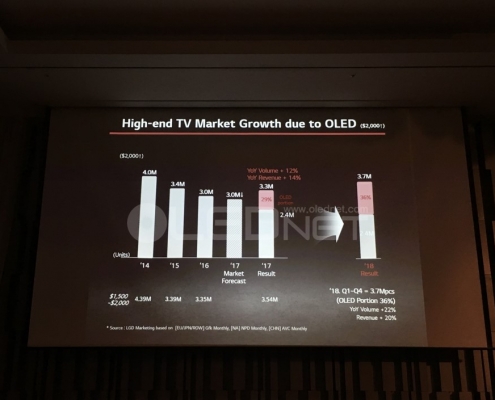
He also mentioned the OLED approach would overcome the scalability limitations that could be the best communication tool available anywhere in the fourth industry market. In addition, it can be applied to gaming monitors and automotive displays that are becoming bigger and bigger. “Global automobile companies such as BMW and Audi are in discussions with understanding display companies to apply OLED to future vehicles.” Director Ko said, to lead the premium TV market, we will support to boost production for large-scaled OLEDs by 2021, the expansion of the 4K and 8K
OLED TV lineups, and the creation of new platforms such as rollable and transparent displays. Notably he said, “8K OLED TV is planned to be 88, 77 and 65 inches, and 4Ks will be expanded to 77 inches, 65, 55 and 48 inches.”
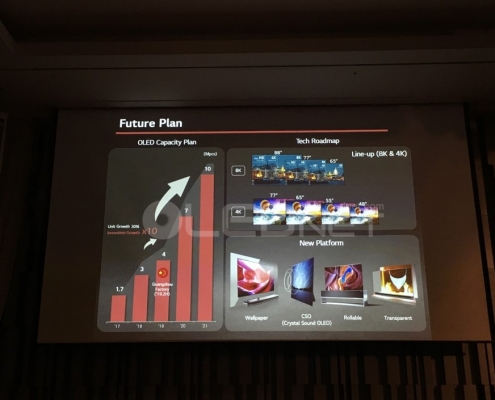
Lastly, Ko announced that will continue to study OLED resolution and brightness lifetime through the development of oxide TFT and new materials along with transparent display and solar technology for the future.
